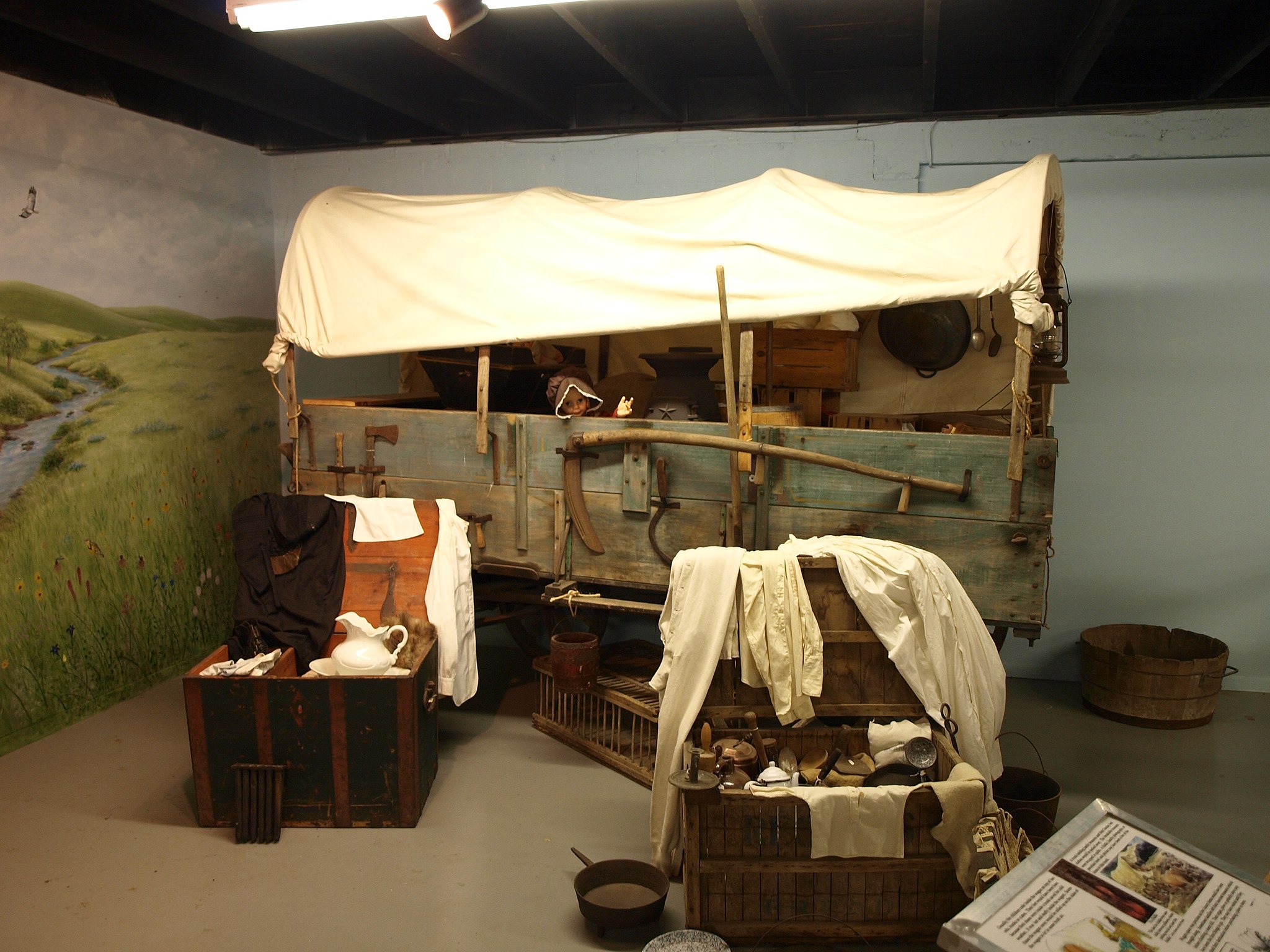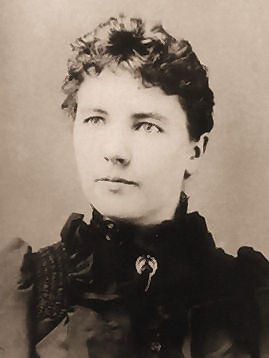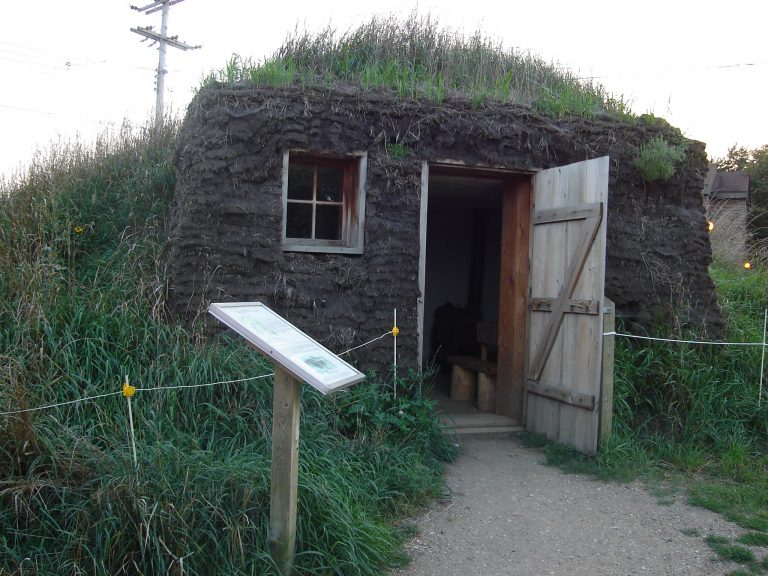Little House on the Prairie, the second book in a nine-book series, and the title of a nine-season television program based on that series, is the quintessential American pioneer book for children. Capturing the life of settlers as they moved further and further west, author Laura Ingalls Wilder spared no detail in her charming tales.
The books, based on the lives of Laura and her family, are regarded as historical fiction; although it is tempting to take it as an accurate account of life in the 1800s. To some of her thousands of fans, the issue is so personal that they set out to prove, or disprove, the authenticity of key events and personalities.
Through perseverance, Wilder’s fans made a number of interesting discoveries. Some of the grey areas have been cleared up with research and calculations. Other surprises come out when perusing Laura’s correspondence with her daughter. Considering the quality of the outcome, it is likely the author made these choices and changes with good reason.
Moving west wasn’t so simple
As the narrative progresses chronologically, the Ingalls family is portrayed as moving gradually westward. However this was not always the case. Their first move from Wisconsin was (southwest) to Independence, Kansas, where they built their first “little house” on the prairie. The property, however, belonged to the Osage people. At the time, thousands of settlers were squatting on the land in the hopes that the United States would drive out the Osage Indians, but Laura’s family eventually returned (northeast) to Wisconsin.
Their next move was (west) to Walnut Grove, Minnesota. A string of bad luck, including a plague of locusts, pushed them out, and they stayed with family in another area of Minnesota. After Laura’s baby brother fell ill and died there, they moved (south) to Burr Oak, Iowa, where they set up a hotel business.
Success
You are now signed up for our newsletter
Success
Check your email to complete sign up
Later, they went back (north) to Walnut Grove, where Mary went blind before they made a solid move west; eventually settling in what is now South Dakota. Their seemingly haphazard actual travels may not have had the same “striving pioneer” appeal that comes forth in the books, or perhaps the back-and-forth trips were removed as a confusion hazard.

Nellie Oleson
Nellie Oleson is an antagonistic character that first appears in the book On the Banks of Plum Creek, the fourth in the series. She is a snobbish, pretty, spoiled girl who tries to outdo Laura in many instances throughout the rest of the narrative.
This character is fictional, but based on three different girls Laura knew. Genny Masters was the spoiled daughter of their school teacher with the beautiful golden ringlets of hair as portrayed in the TV series. Genny competed for popularity with Nellie Owens, whose parents owned the town mercantile. Laura, not wanting to join either clique, found herself to be more popular than either of them, a fault they did not likely forgive easily.
A third girl, named Stella Gilbert, was both very poor, and very beautiful. She tried to charm Almanzo Wilder when he was courting Laura in These Happy Golden Years, but as we know from her last name, his heart belonged to Laura.
It would have been difficult for a real villain to be so constant. By confining the selfish and cunning beauty to one persona throughout the series, Wilder created the well-developed character one “loves to hate.”
Scarlet fever does not cause blindness
In the fifth book, By the Shores of Silver Lake, Laura’s sister Mary loses her sight due to scarlet fever. It is true that Mary Ingalls went blind in 1879, when she was 14, but scarlet fever is very unlikely to cause blindness, as Dr. Beth Tarini, a long time fan of the Little House books, found out in med school.
Tarini is convinced that Mary went blind from viral meningoencephalitis. Laura had actually written “spinal meningitis” in correspondence with her daughter, then crossed it out and replaced it with “some sort of spinal sickness.” Tarini thinks that Laura and her daughter Rose, who helped edit the books, chose a more familiar disease to make it easier for young readers to understand.
In fact, meningoencephalitis requires an explanation even for most adults. This disease is usually caused by a virus or other microorganism, and produces a serious inflammation of the brain and surrounding tissues. Symptoms include fever, confusion, vomiting, and seizures. Untreated, the disease can be deadly. In Mary’s case, the meningoencephalitis most likely included inflammation of her optic nerves, which caused her gradual loss of sight.
The Long Winter
The sixth book in the series, The Long Winter, seems impossibly harsh, with one storm after another pelting the Ingalls’ homestead for six months. One fan, meteorologist Barb Boustead, was determined to find out how bad it really was.
By gathering weather records from 1950 to 2013, she established a way to gauge relative “badness” in weather, called the Accumulated Winter Season Severity Index (AWSSI). Applying AWSSI to weather records from the 1800s, she was able to establish that the winter in which the book takes place, 1880-81, was indeed “extreme” for snowfall and low temperatures, ranking as one of the 10 worst winters on record for South Dakota.
Through written correspondence, however, we find that a major detail is missing from this story. While the book portrays the family as struggling alone through a brutal, seemingly endless winter, they actually had a young couple staying with them at the time!
George Masters, the son of a family friend, and his new wife Maggie, had apparently married in haste due to an expected child. At odds with their own parents, they stayed with Laura’s family. The baby was born at the Ingalls’ homestead, and according to Wilder’s letters to her daughter, they may have outstayed their welcome.
Perhaps she omitted these details to emphasize the strength of the family unit in the face of hardship, or perhaps it was just a disagreeable memory.

Distances measured in time
Jim Hicks, a retired high school physics teacher, grew up reading and relating to the Little House books. He too, lived on the prairie, and was driven to visit the places described in the books. One of these sites, the Brewster school, no longer exists; so locating it was an exercise of research and calculations.
In the eighth and final book published in her lifetime, These Happy Golden Years, Laura took her first teaching job at the age of 15. The school was located at the Brewster settlement, which Wilder wrote was “twelve miles from town.” She takes her first memorable trip away from her family in a horse cart with her father after their noontime meal.
The trip took place in December, so Hicks estimated that “Pa” had five hours of daylight to get there and back. By measuring his wife’s horse’s legs from knee to hoof, along with the length of a walking stride, he figured that a horse could travel approximately three miles per hour.
At this rate, Pa could only have traveled at most eight miles in the two and a half hours allotted for one leg of the journey. Wilder either exaggerated for effect, was simply mistaken, or Hick’s calculations did not match up with the Ingalls’ horse. In any case, by drawing a seven-to-eight mile arc on a map of Desmet, based on the southwesterly direction Wilder indicated the school to be in, he estimated the location of the school, nearby the house where she stayed with the “Brewsters,” a fictional name for the unstable family she lived with at the time.
Fun Fact: Almanzo’s name was not pronounced “Al mahn zo,” as per the television series; it was actually pronounced “Al man zo,” and Laura called him the “man of the place.”
Not-so-fun Fact: Laura’s little dog Jack was left behind in their first move, traded away as part of the deal for the horse and wagon. She never knew what became of him, and her happy adventures with Jack after their parting are all fictional.
While the Little House books do faithfully present Laura’s life in many many ways, some details were definitely tweaked. Whether the discrepancies are to be chalked up to masterful writing, wishful thinking, or lapse of memory, the books would not likely have had the same captivating effect were they 100 percent fact.







